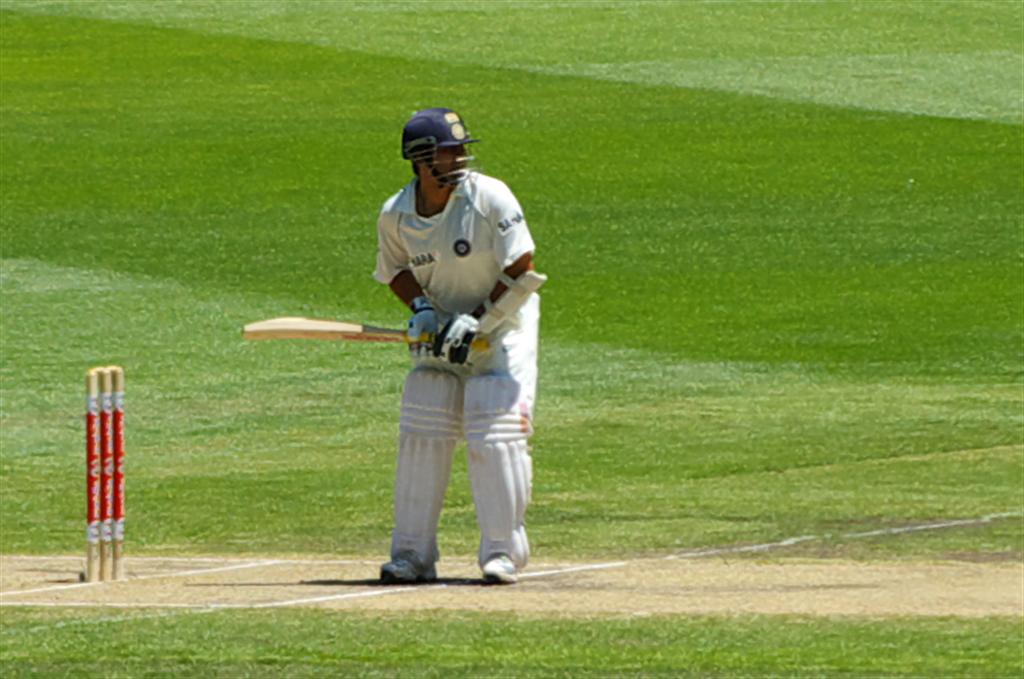Sachin; What’s in a Name?
Is it Shakespeare who
asked:-
“What's in a name? that which we call a rose
By any other name would smell as sweet.”?
Let
me think.
Yes indeed, in his
everlasting love story, Romeo and Juliet.
 |
| Image Courtesy:sports.ndtv.com |
Before 1994, Sachin was
a rare name in Kerala. It’s a north Indian name, and Keralites did not prefer
trying it, ever before. Then something happened. The year between 1994 and 2000
coincided with the rise of a new religion in India, the land of all religions.
Much like any other religion, there was a central god figure to this one too.
They called this new religion, Cricket, and named their god Sachin.
 |
| Image Courtesy: Google |
Indian culture has never
been reluctant to worship human idols. Some critics have dubbed it a profitable
industry, and some others a fraud. Every epithet appeared pale in the affinity a
vast majority of people exhibited towards these human-gods. God-men and God-women
even turned to become political kingmakers. Sachin, too, became a similar god
figure in the minds of the people, but with a different nature. When the
natures of most of the god-men and god-women in India are tied with Hinduism
and Islam, with mythical tales as tributaries to assert their legitimacy.
Cricket god Sachin is a mass culture icon with a powerful aura, perhaps many
times powerful than the other god-men and a non-voluntary status on the face of
this epithet; meaning, Sachin never claimed himself to be “god”.
Krishnan, Raman,
Lakshmanan, Shivan, etc. are names driven from the Hindu mythologies, names of
gods and demigods, commonly found in Kerala. In the post-1996-world-cup-India,
one more name was added to the existing original inspirations—Sachin.
 |
| Image Courtesy: Google |
Several Sachins can be
found among kids born during this period, who are now studying in colleges, for
their Under Graduate courses, to say the least. If you look, the primary
schools and high schools are abundant with “Sachin”. Thus the new religion,
Indian cricket, has contributed a “divine” name to the existing choices. With
“Sachin” their first name, this generation of young individuals shouts out to
the world they live in, how influential this game has been, not just to them
but to their parents’ minds as well.
With the divinity
attributed to Sachin, one peculiarity separates him from other holy men: he is
the central figure of the market-phenomenon in India, in the post-globalization
era. He is never compared with something spiritual, literally, although
commentators and critics often use a combo of spiritual and religious terms to
describe Sachin. One reason for this ‘divination’ is the modern Indian penchant
for idolatry. Coincidentally, this came to be quite handy to the huge ‘cricket bazaar’
that was being set up in the outskirts of the worshipping stadiums.
 |
| Image Courtesy: Google |
With the rise of Sachin
Tendulkar in Indian Cricket, cricket registered a stunning rise in popularity.
Even though Indian cricket team had won a world cup in 1983, cricket was never
a national passion to the extent it is now. Sachin Tendulkar might have been
ten years old when the Indian Cricket Team under Kapil Dev, marched to victory
against West Indies at the Lord's Cricket Ground on 25 June 1983. But cricket
did not catch fire until Sachin came.
His name is sold in
billions and so is his influence. The Shakespearean dictum has to be revalued
under these circumstances, much like those many cricketing records Sachin
Tendulkar demolished and created under his own name. This indeed authorizes his
name as the supreme figure in Indian cricket.






Comments